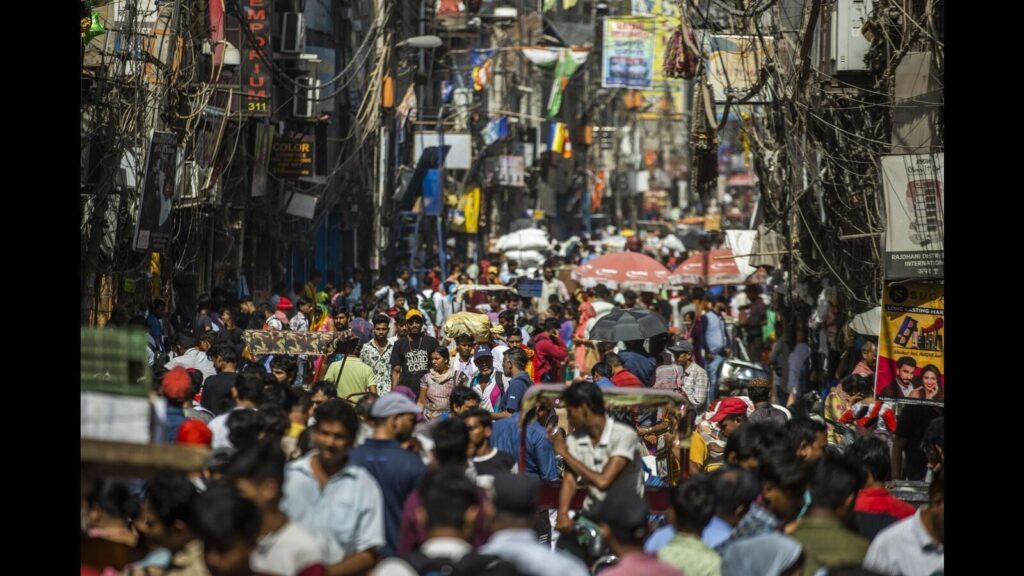India has already surpassed or will surpass, by July 1, China to become the most populous country on the planet, a United Nations Population Fund report predicted, a moment of tremendous opportunity and challenge for a country still striving to provide a basic quality of life to all its citizens. Three interconnected issues need the urgent attention of policymakers.
The first is catching the demographic train. The country’s working-age population (people between 15 and 64 years) will grow faster than the share of dependent people till 2055. But to make the best use of this working-age bulge will take a tremendous effort in a nation notorious for low State capacity and limited ability to redistribute resources. To do this, the country must focus on investing in education, employment, health care and housing. Then as first-generation problems of hunger, clothing and basic amenities morph into second-generation demands for jobs, elderly care and a better quality of life, the State will have to keep pace with aspiration, or risk unrest.
This leads to the second problem of managing interests and discontent. The nature of the dip in the total fertility rate means that the poorer north will grow faster than the prosperous south in terms of population, stoking more labour migration from the northern states to the southern provinces. This will need alert governments to devise migrant-friendly policies and schemes to help family members left behind, while ensuring that economic resentment is managed through initiatives and adequate employment. Similar problems against a backdrop of a paucity of jobs are stirring a churn in the caste reservation cauldron. The temptation to exploit feelings of disquiet for political purposes will be strong but must be eschewed.
And, finally, this will lead to a skew in political representation. India is roughly three years away from the next round of redrawing electoral constituencies, though the continued uncertainty around the decadal census has thrown these schedules in jeopardy. All governments will have to ensure an equitable solution to the conundrum of balancing regional representation with political representation at a time when the northern states will make up a larger share of the population than they do now. This can only be done if the administration vows a policy of no tolerance for anyone fuelling sectarianism or linking demographic growth to faith or caste.
Enjoy unlimited digital access with HT Premium
Subscribe Now to continue reading


